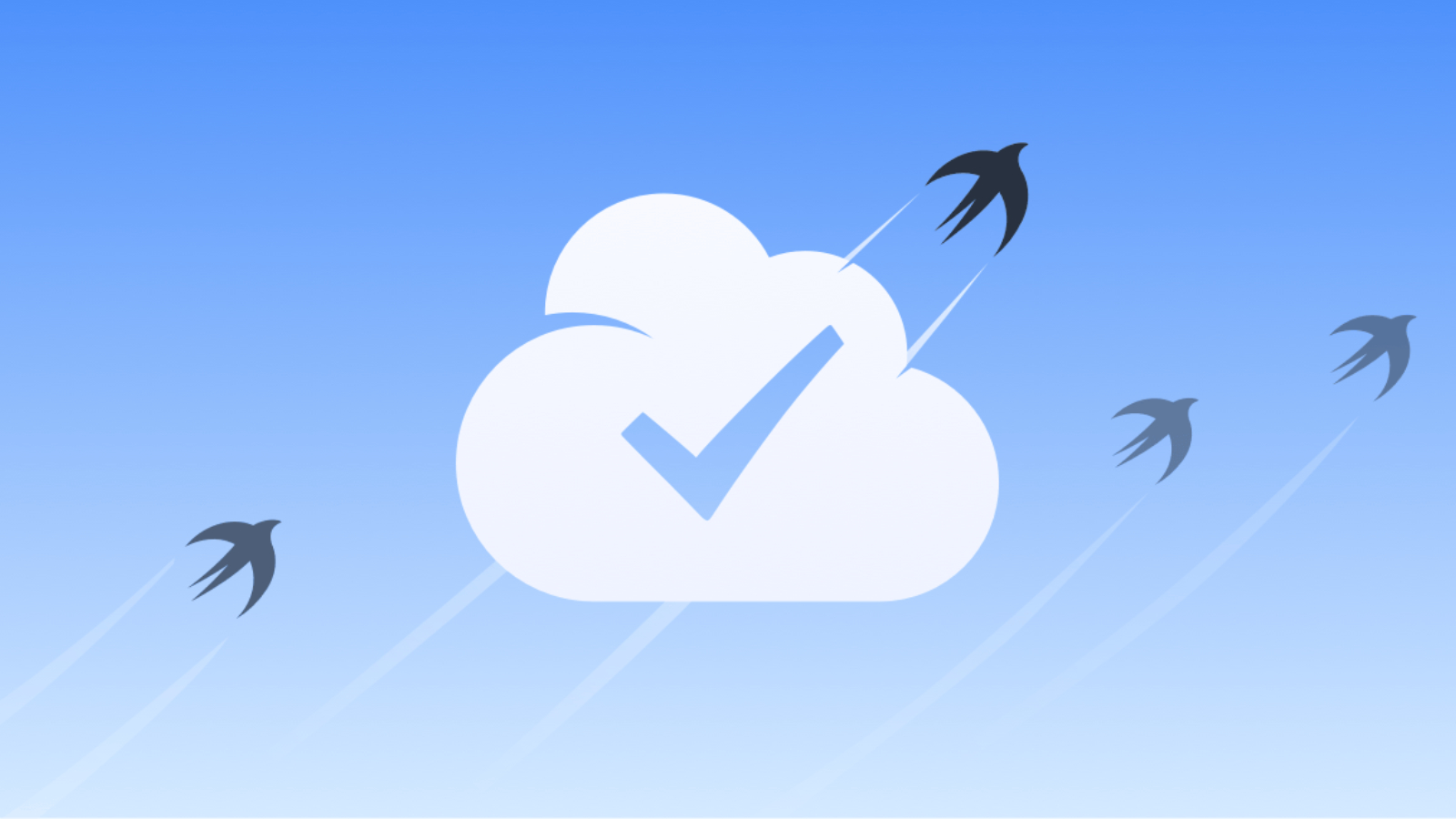Cultured Code today announced that it has overhauled the cloud backend of the popular task management app Things 3 using Apple's Swift programming language, with the new system now live across all users' devices.

Cultured Code explained that the transition to the new Swift-based infrastructure occurred seamlessly and without any disruption to users. Although the app's behavior remains unchanged on the surface, the underlying service that synchronizes to-do lists across the iPhone, iPad, Mac, Apple Watch, and Apple Vision Pro has been rewritten entirely using Swift and deployed in production for over a year.
The legacy system was originally built using Python 2 and Google App Engine, and had served as the foundation for Things Cloud for more than a decade. While the original synchronization algorithms remain intact and are based on a mathematical model capable of resolving offline edits and conflicts, the aging technology stack was increasingly seen as a barrier to future development. According to Cultured Code, challenges included rising infrastructure costs, slow response times, and the risks associated with dynamic typing in Python.
Apple introduced Swift in 2014; it has since been widely adopted for iOS and macOS app development, but has seen limited uptake in server environments. Cultured Code began experimenting with Swift on the server in 2021, initially rewriting isolated components before committing to a full-scale rebuild.
To ensure a seamless migration, the new Swift system was initially run in parallel with the legacy system, receiving and processing the same data but without taking over user-facing operations. This dual-processing arrangement allowed engineers to validate the new implementation under production-like conditions. Once the team was satisfied with the accuracy and performance of the Swift backend, they transitioned all users to the new system in early 2024.
Cultured Code reports that the new system has achieved significant performance improvements. Traffic peaks of up to 500 requests per second are now handled by a Kubernetes cluster consisting of four nodes, each with two virtual CPUs and 8GB of RAM. This setup has led to a more than threefold reduction in compute costs compared to the legacy system. Synchronization response times have also improved substantially, and the new architecture delivers a fourfold increase in sync request processing speed.
Things has won two Apple design awards. The app is highly regarded for its design consistency and reliable syncing experience across the Apple ecosystem. Read more about the change in Cultured Code's full blog post or its post on Apple's Swift.org blog.
Article Link: Apple's Swift Powers the New Things 3 Cloud Syste
No E2EE - no buy.


